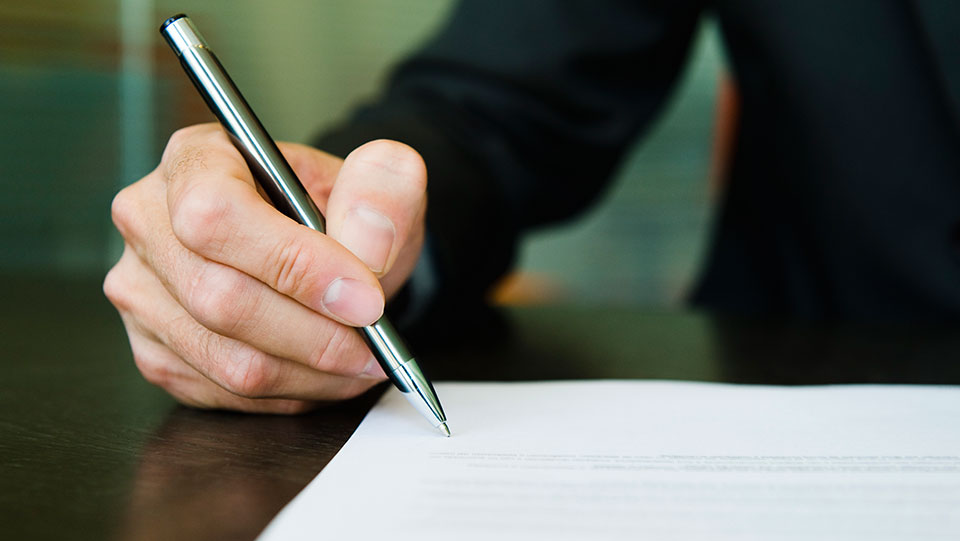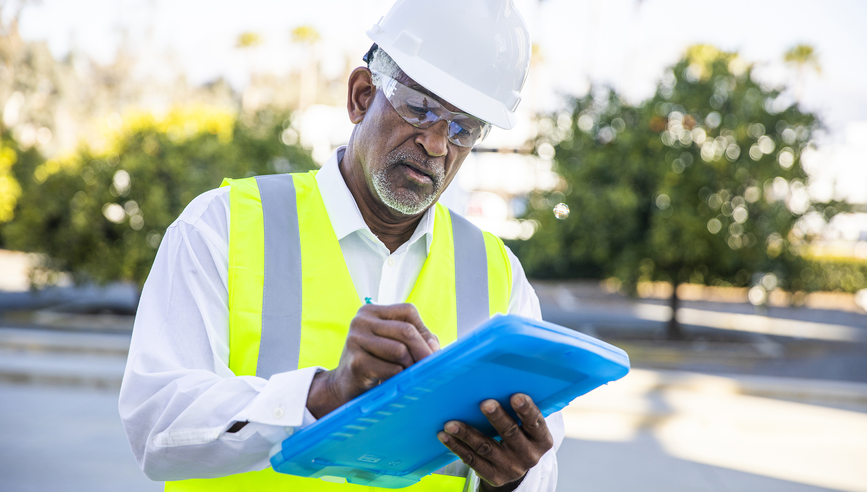Modern Shipyard Trends and Challenges


Building and maintaining ships has always played an important role in our nation’s economy. Today, with more than $17 billion in government funding1 to port infrastructure and waterways around the country, there is significant renewed interest and investment in the American shipbuilding market.
~90% of global trade is conducted by ocean shipping2, making marine transport one of the most critical links in the global economy’s supply chain.
$17 billion in recent government investments is dedicated to port infrastructure and waterways around the country.3
To reap the rewards of anticipated market growth, however, shipyard owners and operators must successfully mitigate existing and emerging risks. In addition to evergreen exposures – such as fire, accidents, injuries and weather – recent stressors including economic volatility, supply chain disruptions and skilled labor shortages are presenting new challenges.
In this article, we’ll discuss some obstacles modern shipyards may encounter in trying to keep pace with the latest industry trends, as well as actions that owners, executives and safety managers can take to help mitigate the associated risks.
Meeting growing demand for eco-friendly ships
While shipbuilders have historically remained at the forefront of transportation technology, many vessels still run on traditional fossil fuels. In fact, on the global scale, marine transport continues to account for a high number of pollutants – some sources estimate even more than that of airplanes.4
3% of all carbon dioxide (CO2) emissions attributed to the transportation sector in the United States are byproducts of marine transport.5
Increasing use of alternative fuels to reduce carbon emissions has been a goal across the industry for some time. Motivated by government mandates, public demand, cost-saving incentives and investor pressure, shipyard owners are gaining momentum in their efforts to modernize, which include building new and retrofitting old vessels to run on cleaner-burning alternative fuels like liquefied natural gas (LNG) or by electric propulsion using lithium ion (Li-ion) batteries.
Ultimately, the goal is to reduce carbon emissions in a way that meets current needs and prepares ships for the future with fuel optionality. In other words, vessels could be built or retrofitted to run on two or three alternative types of fuel.6 Current skilled labor shortages and limited shipyard capacity, however, remain a barrier to getting this kind of specialized work done in a timely manner.
Incorporating new technologies
The drive to improve operational efficiency and safety has increasingly led to ships and shipyards being fitted with digital devices, smart sensors and cloud connectivity.
As shipyards adopt new ways of powering ship manufacturing, maintenance and operations, stakeholders must effectively manage the associated risks – and should evaluate and deploy new technologies only after careful consideration for:
- People. What hazards might the technology pose to human health and safety, and what training and measures can be taken to minimize them?
- Compliance. Does use of the technology comply with current regulatory requirements? And what steps need to be taken to ensure that its use remains compliant?
- Data. What data should be collected and how will it be kept secure as it’s analyzed, stored and shared throughout the organization?
- Security. How might the technology be exploited by bad actors and what measures can be taken to prevent that from happening?
Finding and retaining talent in a challenging labor market
From engineering and design to welding and rigging, every facet of shipbuilding and repair work requires specialized skills that remain in short supply. While there are both public and private resources flowing into the industry, the lack of skilled labor continues to present great challenges.
As manufacturing and modernization efforts ramp up, the problem is expected to get worse, with widening experience gaps and skilled labor shortages that can lead to:
- Delays in vessel construction and repairs.
- Defects and damage due to inexperienced workers.
- Higher incidence of job site accidents.
- Increased costs and downtime resulting from losses.
As soon as 2028, the shipbuilding and repair industry is projected to lose:
33% of skilled laborers7
48% of operational managers8
To counterbalance skilled labor shortages, the shipbuilding and repair industry may consider the following:
- Offering competitive compensation and benefits to attract and retain top talent.
- Automating or outsourcing tasks to better manage workloads when in-house labor is unavailable.
- Investing in training current employees to improve retention and increase operational efficiency.
- Partnering with local schools and vocational programs to build a reliable pipeline of skilled workers.
Crafting contracts that address modern shipyard risks
Shipbuilding projects can range from long-term, labor-intensive, customized endeavors to standardized production line operations. From pre-manufacturing to post-production, there are many unforeseen events that may steer projects off course, resulting in potentially costly delays, defects, damages or disputes between buyers and builders.
Many shipyards maintain lasting relationships with clients who may be content to rely on the trust they’ve established when negotiating new contracts. But in the modern age, a handshake agreement or legacy contractor understanding may no longer suffice. Clearly defining and documenting the roles and responsibilities of each invested party on every shipbuilding project is key to minimizing risk. All contracts should be reviewed by legal counsel and address:9
- Indemnification – An agreement to minimize liability for injuries or damages caused by third parties involved in the project.
- Insurance specifications –To provide details about the coverages and limits required of subcontractors and service providers.
- A certificate of insurance (COI) –To help confirm that third parties involved in the project meet coverage requirements set forth in the insurance specifications.
- A waiver of subrogation –To protect you from paying damages when a claim related to the project has been paid by a third party’s insurance.
- A limitation of liability, where appropriate –To limit the amount one party has to pay the other party if they suffer a loss.
Travelers can help protect the future of your shipyard
Shipyards are high risk by nature, with laborers working in close quarters, operating heavy machinery and handling combustible materials on or near the water. The threats shipbuilding and repair enterprises face are complex and interconnected.
At Travelers, we’re a trusted partner committed to helping shipyards protect their business. As a leading, best-in-class provider of ocean marine insurance in the U.S., Travelers offers innovative insurance solutions that can be customized to meet the unique needs of your business.
To learn more about coverage options and consultative services designed with shipyards in mind, visit Travelers Ocean Marine Insurance or contact your agent today.
Sources:
1,3 https://www.maritime.dot.gov/about-us/bipartisan-infrastructure-law-maritime-administration
2 https://www.oecd.org/ocean/topics/ocean-shipping/
4 https://yaleclimateconnections.org/2021/08/maritime-shipping-causes-more-greenhouse-gases-than-airlines/
5 https://www.epa.gov/greenvehicles/fast-facts-transportation-greenhouse-gas-emissions
6 https://www.globalmaritimeforum.org/content/2023/04/the-shipping-industrys-fuel-choices-on-the-path-to-net-zero_final.pdf
7, 8 https://peer.asee.org/35487
9 https://www.researchgate.net/figure/Risks-based-on-PART-II-Section-3-PRODUCTION_tbl2_360806966



